There are 3 stages of love and in each one of them, different hormones act. More than that, it has long been proven that the changes that occur in our brain when we fall in love are comparable to psychological disorders.
But what exactly happens to and within our bodies? And why do we like some people more than others? Science has the answers!
We offers you the opportunity to take a look at these 4 interesting studies, experiments and facts that will give you more information about yourself and provide you with important information to make your communication with others much more productive.
4. Texts With A Period At The End Are Perceived As Insincere And/or Angry
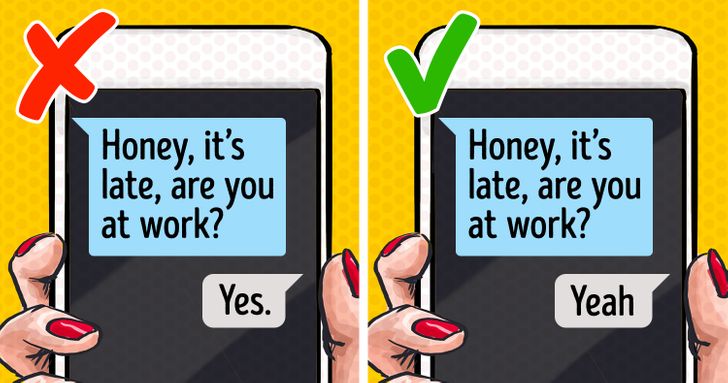
Scientists from the State University of New York at Binghamton, with Celia Klin as a supervisor, conducted an experiment with 126 students.
They had to read dialogue that consisted of only 2 lines: the first was a question and the second consisted of different variations of answers, such as “yes”, “yeah”, “of course” and so on.
The most important thing was whether or not there was a full stop at the end of the answer. After that, the participants had to evaluate the answer in terms of how true it seemed to them.
And surprisingly, in most cases, responses without a period were rated more sincere than those with a period.
We cannot use non-verbal cues, such as facial expressions, voice tone and volume, and body language when sending messages.
That’s why we substitute all this for text imitation: capital letters and exclamation points when we yell or when we are angry or grammatical mistakes made on purpose when we want to show that we are not interested or busy.
The period is a sign that we are serious or that the conversation is over, as Mark Liberman, professor of linguistics, explains. This is why a person who uses a period at the end of a sentence seems to be angry with us.
3. We Are Drawn To People Who Have Traits That We Like About Ourselves And The Traits We Lack
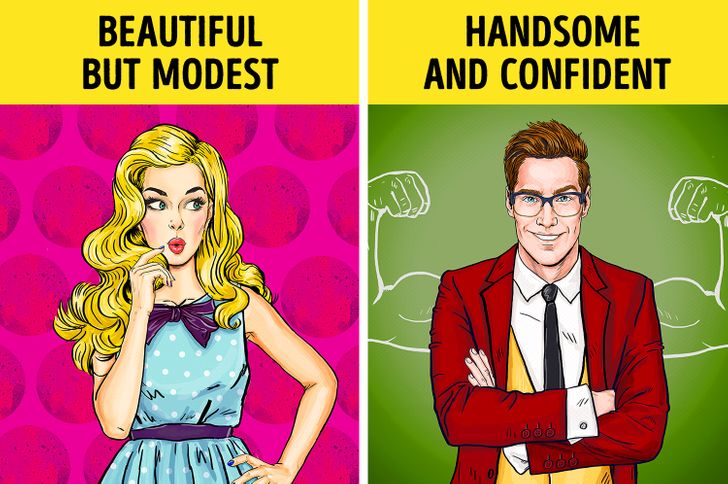
This rule has always worked, although few people really think about it. It consists of 2 simple parts:
- We like people who have the same characteristics that we like.
- We like people who have positive characteristics that outweigh the things we don’t like about ourselves.
Let’s look at this simple example: There is a beautiful girl who is proud of her appearance, but she doesn’t like the fact that she is very insecure.
And then she meets a guy who is so handsome, but also charismatic and confident. So confident that he compensates for her insecurity.
This mix of specific features makes it a perfect match for her, as they are similar and different at the same time, becoming complete.
2. Our Brain Can See How Popular Someone Is
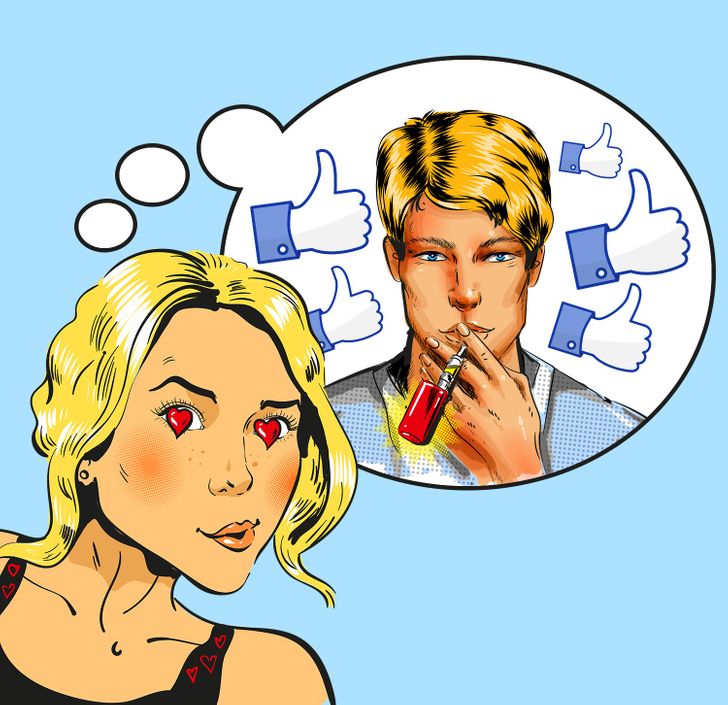
In almost all social groups, people’s popularity is defined by their social status and connections. But how do we recognize popular people, even when audience preferences differ from our tastes?
In a study published in the PNAS newspaper, experts asked volunteers to rate how popular people were for their photos on social media. At the same time, the brains of the participants were scanned.
As a result, scientists found that certain parts of the brain were very active when trying to estimate how popular someone was.
Therefore, a special neural network determines how attractive people are to others. It requires emotional evaluation and social knowledge systems.
1. The More Symmetrical A Person Looks, The More Attractive They Seem
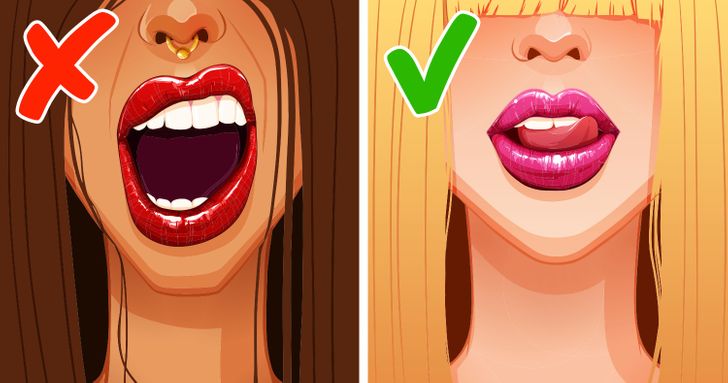
When you see an attractive person, we don’t think that you say “Wow, she’s so symmetrical!” However, many studies show that a person’s symmetry plays an important role in their overall attractiveness.
Of course, completely symmetrical people don’t exist because biology is imperfect. However, it has been proven that the lower the level of oxidative stress, the more symmetrical the person is.
In this article from The Independent, you can read about an experiment in which various measurements were made to assess the symmetry of some men.
There were measurements like the size of the ears and the length of the fingers. In the end, a group of women was asked to evaluate the attractiveness of men through photographs of their bodies and faces.
As a result, the most symmetrical and least stressed men were chosen as the most attractive.
What other factors do you think influence the way we choose the people we like and dislike? Let us know what you think in the comment section below!

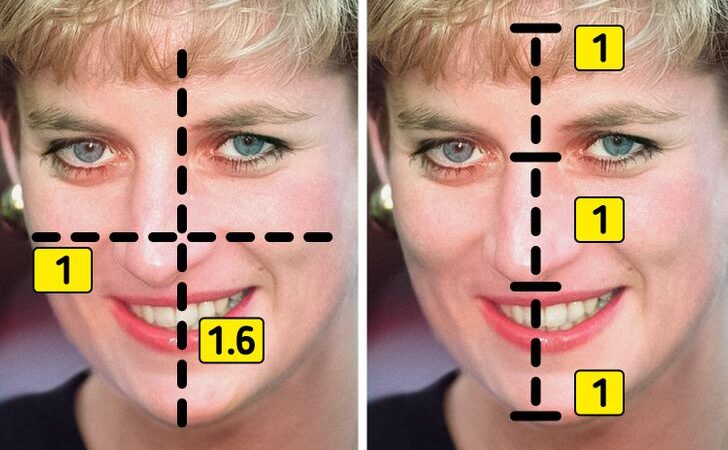


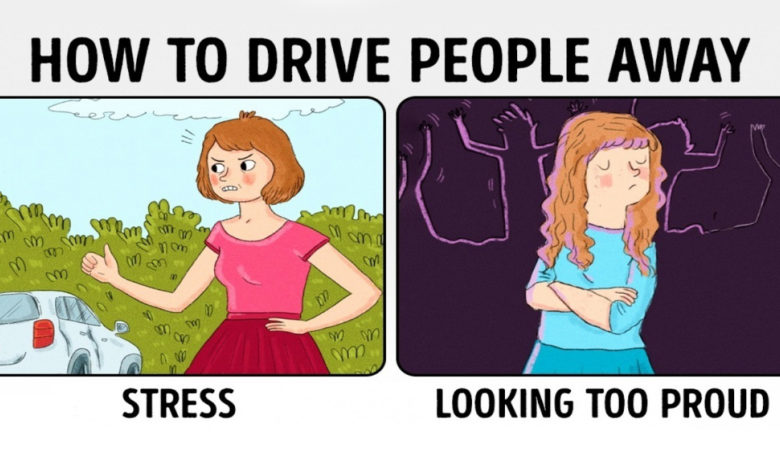




Leave a Reply